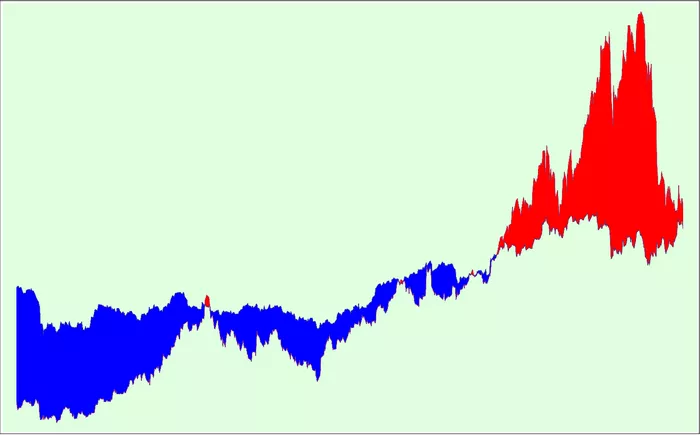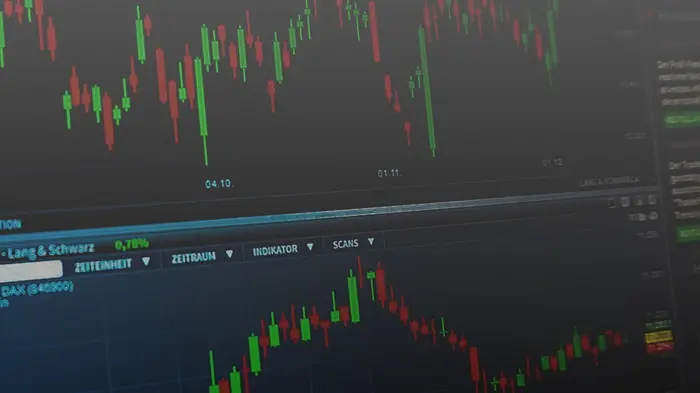The Vanguard Total Stock Market ETF (VTI) is one of the most popular exchange-traded funds (ETFs) in the world. It offers investors a way to gain broad exposure to the U.S. stock market, including small-, mid-, and large-cap stocks. Understanding the number of stocks included in VTI and how it represents the overall U.S. market is crucial for investors who wish to assess its diversity and risk profile.
In this article, we will explain how many stocks are in VTI, how the ETF is constructed, and what the inclusion of these stocks means for investors. We will also discuss VTI’s overall performance, advantages, and potential drawbacks, providing a well-rounded view of this investment vehicle.
What is VTI?
VTI is an ETF offered by Vanguard that seeks to track the performance of the CRSP US Total Market Index. This index includes a broad array of U.S. companies, ranging from large corporations to smaller startups. The ETF aims to replicate the performance of the total U.S. stock market by holding a variety of stocks across different sectors and industries.
VTI’s structure allows it to provide exposure to more than 3,500 stocks, which makes it a diverse and comprehensive choice for those looking to invest in the U.S. equity market.
How Does VTI Track the Market?
VTI is designed to give investors exposure to the entire U.S. stock market. The CRSP US Total Market Index, which VTI tracks, covers:
Large-cap stocks: These are companies with large market capitalizations, typically over $10 billion. Examples include Apple, Microsoft, and Amazon.
Mid-cap stocks: These are companies with a market cap between $2 billion and $10 billion.
Small-cap stocks: Companies with a market cap of less than $2 billion. These stocks can be more volatile but offer the potential for higher growth.
Micro-cap stocks: Very small companies with market caps under $300 million. They represent a tiny portion of the index but are included in the total market strategy.
The index includes both domestic and international stocks that trade on U.S. exchanges, providing a comprehensive view of the U.S. equity market landscape.
How Many Stocks Are in VTI?
VTI holds a substantial number of stocks, making it one of the most diversified ETFs available. As of recent data, VTI contains around 3,600 to 3,800 stocks. This number fluctuates as stocks are added or removed from the CRSP US Total Market Index based on their market capitalization and eligibility criteria.
The large number of stocks in VTI is one of the key benefits of the fund. By including a wide range of companies, VTI provides investors with broad exposure to the U.S. economy, from large corporations to smaller, growth-oriented businesses.
What Sectors Do VTI Stocks Cover?
VTI’s stock holdings are spread across a wide variety of sectors in the U.S. economy. Some of the most significant sectors in VTI include:
Information Technology: The largest sector by weight in VTI. It includes companies such as Apple, Microsoft, and Alphabet.
Healthcare: Another major sector, encompassing pharmaceuticals, biotechnology, and health insurance companies.
Consumer Discretionary: Companies in this sector include Amazon, Home Depot, and Nike. This sector covers goods and services that are non-essential, such as retail, entertainment, and luxury products.
Financials: Major banks and financial institutions, including JPMorgan Chase, Bank of America, and Wells Fargo, are included in this sector.
Communication Services: This sector includes media and entertainment companies, as well as telecommunications firms such as Verizon and Comcast.
The inclusion of stocks from these diverse sectors allows VTI to provide a balanced exposure to the U.S. economy. Investors are able to gain access to a wide range of industries, which helps mitigate risks associated with individual sectors or industries.
How Are Stocks Selected for VTI?
Stocks in VTI are selected based on their inclusion in the CRSP US Total Market Index. The CRSP US Total Market Index, in turn, follows a set of rules designed to provide a representative sample of the U.S. equity market. The process for selecting stocks typically involves the following criteria:
1. Market Capitalization
One of the primary criteria for inclusion is a company’s market capitalization. VTI includes stocks from companies of all sizes, ranging from large-cap companies like Apple to small-cap stocks like small technology startups. The index aims to include every stock listed on U.S. exchanges, provided that the company’s market cap meets certain minimum thresholds.
2. Liquidity
For a stock to be included in VTI, it must meet liquidity requirements. This ensures that the stocks included in the ETF can be easily traded without causing significant price distortions. Stocks with higher liquidity are generally favored.
3. Exchange Listing
The CRSP US Total Market Index includes only stocks listed on major U.S. exchanges like the New York Stock Exchange (NYSE) and NASDAQ. This means that foreign companies and stocks traded on less liquid exchanges are not included in the index.
4. Ongoing Adjustments
The number of stocks in VTI can change over time as companies are added or removed based on their performance and market cap. For instance, a company that grows significantly and crosses a certain market capitalization threshold may be added to the index. Conversely, companies that fail to meet the criteria may be removed from the index.
Performance of VTI
VTI is known for its long-term performance and its ability to track the U.S. stock market’s overall growth. Over the years, VTI has been able to provide investors with a return closely aligned with the performance of the broad U.S. stock market.
Because VTI holds such a large number of stocks, its performance is generally in line with the general direction of the stock market. This makes it an attractive option for long-term investors who want to capture the broad economic growth of the U.S. economy.
VTI’s historical performance includes:
Long-Term Returns: Over the past 10 years, VTI has delivered strong annualized returns, often outperforming many actively managed funds.
Low Expense Ratio: One of VTI’s standout features is its low expense ratio. Vanguard is known for keeping costs low, and VTI is no exception. The expense ratio for VTI is typically around 0.03%, making it a cost-effective option for investors.
Advantages of Investing in VTI
Investing in VTI offers several advantages, especially for those who want broad exposure to the U.S. stock market. Some of the key benefits include:
1. Diversification
With more than 3,600 stocks across all sectors, VTI offers unparalleled diversification. This reduces the risks associated with investing in individual stocks, as the performance of one company has a much smaller impact on the overall performance of the ETF.
2. Simplicity
VTI is simple to use for investors who want exposure to the U.S. stock market without having to pick individual stocks. By purchasing VTI, investors are effectively buying a piece of the entire market, which makes it a great choice for passive investors.
3. Long-Term Growth
VTI is designed to provide long-term capital growth by tracking the overall performance of the U.S. stock market. As the U.S. economy grows, so too does the value of the companies in the index.
4. Low Cost
VTI has one of the lowest expense ratios among ETFs, which means investors are paying very little in management fees. This can lead to significant savings over the long term, especially for those who plan to hold the ETF for many years.
5. Liquidity
VTI is one of the most widely traded ETFs, ensuring that investors can easily buy and sell shares without impacting the price. The high liquidity also means that the bid-ask spread is typically very narrow, minimizing trading costs.
Disadvantages of Investing in VTI
While VTI offers many benefits, it’s not without its drawbacks. Some of the potential disadvantages of investing in VTI include:
1. Market Risk
Since VTI tracks the overall U.S. stock market, it is subject to the same market risks as the broader economy. If the stock market declines, VTI’s value will also decline, and investors may experience losses.
2. Limited International Exposure
Although VTI includes some international exposure through U.S.-listed foreign companies, it does not directly invest in international stocks. Investors seeking broader global exposure may need to complement VTI with international ETFs.
3. Concentration in Large-Cap Stocks
While VTI includes small- and mid-cap stocks, a significant portion of its holdings are in large-cap stocks. This means that VTI’s performance is somewhat dependent on the performance of large-cap companies, which may not fully capture the potential growth of smaller companies.
Conclusion
VTI is a powerful tool for investors looking to gain exposure to the entire U.S. stock market. With over 3,600 stocks across all sectors, it offers diversification and broad market exposure. While it has many advantages, including low costs, long-term growth potential, and simplicity, it’s important for investors to understand the risks involved, especially related to market volatility.
For those seeking an easy and cost-effective way to invest in the U.S. stock market, VTI can be an excellent choice. However, as with all investments, it’s important to align your investment strategy with your financial goals and risk tolerance.
Related topics:























